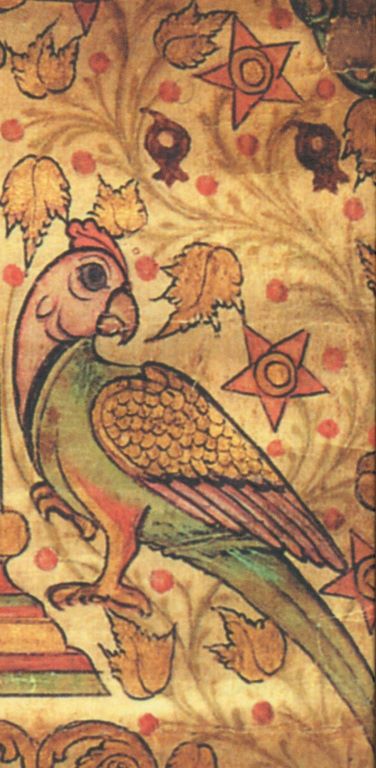1977/ 1994
53. Moshe and the Promised Land (Song of the Thirteen Sifrei Torah)
53a. Sarah Cohen, Simcha Salem, Rachel Hallegua. Recorded by Barbara Johnson, Kochi, January 22, 1977; III-23.
53b. Abigail Joseph Hai. Kochi, January 9, 1977; III-23.
53c. Kerala women. Recorded by ethnomusicology students from Bar-Ilan University, Moshav Nevatim, 1994. III-23.
Taṃbirān muyiṃbu tuņayāyi
Miticceḍa kālaṃ aniññu
Aṟivāḷan mośě ṟabbān
Mīņḍuṃ kŏņḍiṅṅoṭṭu poruṃba (x2)
1. May Tambiran be our first help
When redemption’s time is near.
As learned Moshe Rabban
Arrived after being set free, (x2)2. To the Jordan’s threshold he went.
“Don’t cross the Jordan,” was said.
“Don’t cross the Jordan,” was said.
And so the commandment came. (x2)Chorus:
“So, shall I see only grief?
Is there no gladness for me?”
“Don’t go on hoping, Moshe!
To your first-born children I’ll show
The glory of the mikdash.”[1]3. “Just like the crawling ants
I’m longing to see the land!”
“Still, I won’t show it to you.”
And so the commandment came. (x2)[Chorus]
3. “Just like the fish of the sea
I’m longing to see the land.”
“Still, I won’t show it to you.”
And so the commandment came. (x2)[Chorus]
4. “Just like the flying bird
I'm longing to see the land.”
“Still, I won’t show it to you.”
And so the commandment came. (x2)[Chorus]
5. Then four hundred kātam in width
And four hundred kātam in length[2]
Were pulled and gathered together—
Were bent around like a fence. (x2)6. And brightness God gave to his eyes,
So he could see all the sights.
But as he was seeing the land,
Moshe was stricken with grief. (x2)7. It was Moshe who wrote in one day
Thirteen Sifrei Torah.
He gave one so carefully
To each of the twelve tribes. (x2)8. And then one of them was raised
To the Holy Presence of God.
Please bless us, O Great God,
To evermore sing your praise. (x2)
This song incorporates elements of two traditional stories about the last day of Moshe’s life on earth, told in Midrash Petirat Moshe (Ginzberg 1968, 3:439–442; 6:150–151)—a Hebrew volume that was available to Jews in Kerala.[2] One story expands on God’s decree that Moshe should not enter the Promised Land, with details about his plea to be allowed at least to see the land, and God’s granting of that wish. The other tells of Moshe miraculously writing thirteen Torah scrolls during his final day. In some women’s notebooks this song is titled, “Song of the Thirteen Sifrei Torah.”
Apparently, this song was known throughout the Kerala Jewish communities. The version translated here, mostly following the textualization by Zacharia (Zacharia and Gamliel 2005, 70–71), is found in ten notebooks from all three of the Kochi communities. It was recorded in Kochi in 1977, sung by three Paradesi women, whose repetitious melody was the same as that recorded the same year by Abigail Joseph Hai of Ernakulam. Slightly different versions are found in texts or recordings from Ernakulam, Chendamangalam, and Parur. We have included in our translation elements of a version sung with confidence in 2004 by Esther Abraham (from Chendamangalam) in Moshav Nevatim.
Whereas the version sung in Kochi concludes with the story of the thirteen Sifrei Torah, Esther Abraham’s version begins with that story—echoing the chronology of the midrash, in which Moshe wrote the Sifrei Torah in the morning of his last day and was granted a vision of the promised land at the end of that day.
Not only is the Esther Abraham variant closer to the text of the midrash, but it is also richer in the figurative language and dramatic effect with which it elaborates on the story—emphasizing the vehemence of the dialogue between God and Moshe, whose pleas to see the Promised Land are rejected over and over. In addition to asking to be allowed to see the land “just like a flying bird,” Moshe suggests that he see it “like the fish of the sea” (echoing a midrashic element that is absent in the Kochi version); and he also adds a unique plea to see it from the ground level “just like the crawling ants.” While refusing Moshe’s request, God promises that his “first-born children” will be allowed to behold the glory of the Mikdash, the holy Temple to be built in Jerusalem.[3]
The song then reports that God endowed Moshe’s eyes with a special brightness (as in the midrash), and it creates a vivid image in which the land itself is briefly transformed for Moshe’s benefit—its perimeters pulled together like a fence so all of it can be seen. Here the old Malayalam measurement katam is substituted for the old Hebrew measurement parasang (parsah in Hebrew, about four Roman miles) used in the midrash, which describes the land that Moshe viewed as “a square of 400 parasangs” (Ginzberg 1968, 3:442).[4]
Despite this resolution of Moshe’s desire, the Kerala story describes his intense sorrow while viewing the land. As Zacharia wrote, “These Jewish women had the capacity to express in a few words how Moshe’s mind was shattered by the weight of his grief” (Zacharia and Gamliel 2005, 173). While translating the song for me much earlier, Ruby Daniel had explained with sadness in her voice that when Moshe saw the land, “he mourned already. It was such a beautiful country, full of fruit trees, and he knew when Israel sees all that, they will forget God” (Daniel and Johnson 1996, 64).
__________________________________
[1] Mikdash (Hebrew) refers to the Temple in Jerusalem.
[2] A kātam is an old Malayalam measurement, equivalent to about five English miles.
[3] A Hebrew copy of Petirat Moshe, dated 1837 and acquired from Kerala in 1967, is found in the Magnes Collection of Jewish Art and Life, Berkeley, CA. Labeled MS 49, it was listed as Item 24 in the 2013 inventory of their Indian Manuscripts collection.
[4] I have not found reference to a source in midrash for this story, nor for the significance of Moshe’s “first-born children” in this context.
[5] Also note the use of katam as a measurement in stanza 2 of song 3, “Song of the Second Temple's Destruction.”







